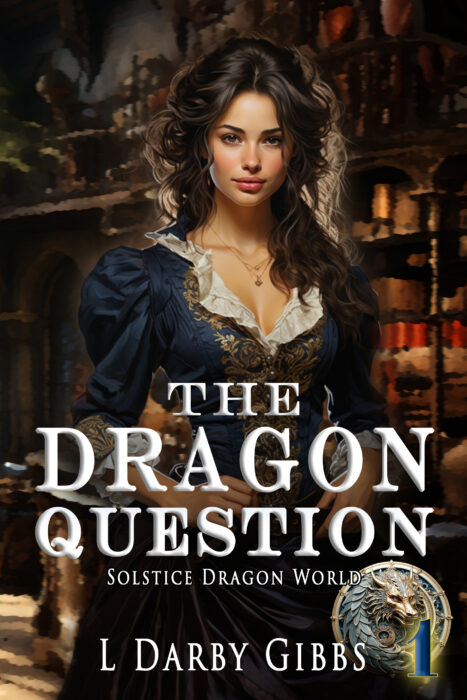My treadmill: an oldie but a goodie It has been interesting how my writing process has changed over time. I’ve always approached every writing project with an idea of how the story was going to end. Sometimes I have an outline but usually not. Looking back, I can see some constants: a title tends to…
Tag: plotting
No story goes along smoothly for the main character. In fact, how they respond to adversity is how we get attached to the people in the novels we love. If they don’t struggle to get what they need, we won’t want to read to the end. There are innumerable ways for conflict to occur in…
Talking the story into life Partner and group brainstorming: I use this technique in my creative writing class. We gather around the table and discuss ideas. After we settle on one, I step back and write down each plot point or character decision as they work through them and build a consensus. Now and then…
The Coming of Age format is often used for YA novels because the main character is often a young character, usually on the verge of coming to terms with the difficult realities of life. It is also not unusual for the main character to be an adult, one with a rather innocent view of life. …
